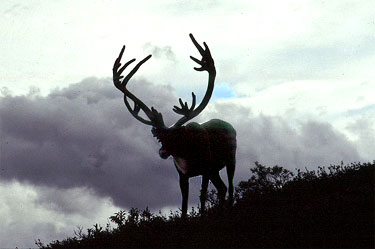Arctic Wildlife Refuge at risk once more

The future of the Arctic National Wildlife Refuge was put in jeopardy once again last week when Senator Judd Gregg (R-NH), Chairman of the Senate Budget Committee, included a controversial provision to drill in the Refuge into the Senate version of the budget bill.
Senator Maria Cantwell (D-WA)in an attempt to block the proposal has now introduced an amendment to remove the Arctic drilling provision from the budget which may be voted on as early as Wednesday.
The United States government set aside this wilderness for protection more than 40 years ago under the presidency of Dwight Eisenhower in order to protect its "unique wildlife, wilderness and recreation values." In 1980, President Carter signed the Alaska National Interest Lands Conservation Act, or ANILCA, which doubled the size of the Arctic Range and renamed it the Arctic National Wildlife Refuge. This law closed the 1.5 million acres of the refuge's coastal plain to gas and oil exploration unless specifically authorized by Congress.
For more information and a history of the region and its important roll as the "Serengeti" of North America go to the US Fish and Wildlife Service site and read Arctic Refuge: Wildlife.
Yesterday a letter was sent to the President by a committee of scientists expressing their concern that this intrusion into the pristine Arctic refuge would be disastrous to the wildlife, forever damaging the delicate eco system's ability to repair itself and urged a withdrawal from the proposed legislation. It was signed by more than 1000 scientists.














3 Comments:
It's soo far north that no one is really going to see the damage done. Besides, it will mean cheaper gas for us all AND create new jobs. WIN-WIN all round.
You won't see the damage, but the people who live there, will. Read the letter written by the scientists to determine the long-term damage your children are going to have to deal with. Try riding your bike or take the bus to save on gas.
Just because we can't see the damage doesn't mean it's not there. Drilling in Alaska is just a quick fix to a growing problem (an extremely quick fix considering most reports say there's only enough oil for 25 to 30 years of drilling), eventually we're going to run out of oil. It's not an unlimited resource. Our government should be trying to find items that can replace oil, not destroying pristine biomes in search of a Band-Aid for our country's oil problem
Post a Comment
<< Home